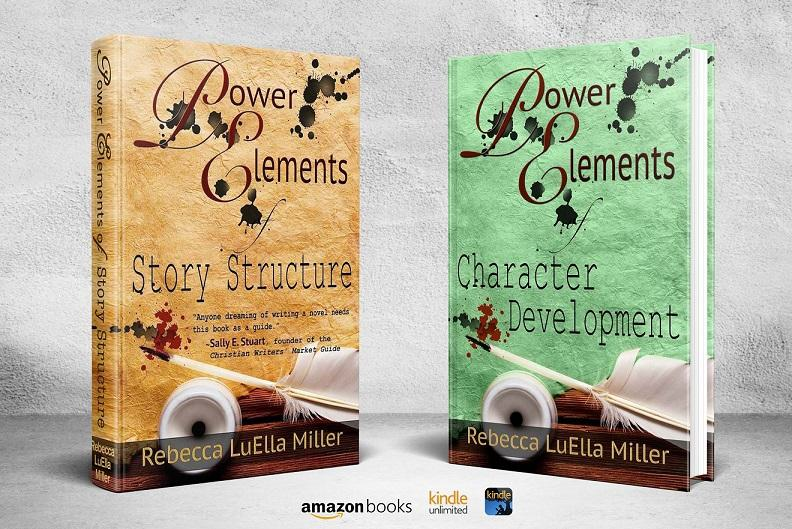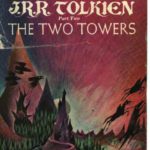From The Writers’ Toolbox: Keep ‘Em On The Line
So readers are hooked with a great beginning. How does the novelist keep them engaged from that point on? Perhaps the best way to look at this subject is to start with what does not keep readers turning pages.
One way is to employ “FALSE STARTS.” If the opening scene does it’s job and intrigues, readers should be asking, what happens next?
If, instead, the writer delivers glumps of backstory, excessive description, or the “flash forward,” readers may be tempted to put the book down.
Backstory tells readers about things in which they aren’t yet interested. Excessive description requires a story to grind to a halt as the writer paints a picture (always a fun thing to watch 😉 ).
It’s so easy for a writer to think the reader will “get” that the backstory and the character or setting descriptions are vital for their understanding of what’s about to take place, and that they will surely stick around to see just how great the story really is. Sadly, I’ve learned the hard way, this just isn’t so.
What about the flash forward?
In a writing instruction article in The Writer, Hallie Ephron says the flash forward is a device writers are tempted to use in order to begin with an exciting scene when the actual beginning seems to lack pizazz.
Prologues sometimes (often?) employ this device. The technique is designed to show a tense and intriguing scene, then stop at a cliff hanger, and go back to the beginning to show readers “how we got here.”
The story question, then, is something like, what brought this smart, capable woman to the point where her boss was so mad he fired her, forcing her to sell her home and move in with her crotchety maiden aunt? Unfortunately, the “how we got here,” which makes up the bulk of the story, by definition lacks the tension of the beginning forward action. There is no rising action because the novel started with the greatest point of tension.
If writers should avoid backstory, excessive description, and flash forwards, then what should come next, after that intriguing hook? What ought to follow an opening so that it won’t come off like a false start? Is there a trick writers can use to pull this off?
Yes. First we must create characters readers care about. They must be interesting and believable, but they must also be people with whom readers can empathize.
One of the best writers I know creates quirky characters that are hard to connect with. Few people know such people in real life and fewer understand what makes them tick. Characters that don’t connect with readers create an automatic strike against the story.
But there’s more. Other books I’ve read have bland characters that are floating through their story with no intention. These have a strike against them too.
Well-drawn characters must not only be interesting and believable, people with whom readers can empathize, they must do something interesting and believable.
In my adventures through fiction, I’ve found stories with truly wonderful characters. They are fun—even funny—and realistic, with age spots and crows feet as well as knight-in-shining-armor charisma and undeniable moral fiber.
And yet, at times, something so integral has been missing that I could easily close the book and not finish reading. I just didn’t care.
Yikes! 😮 What would cause such a thing?
In a nutshell, objectives. Actually, the lack thereof. In order for me to cheer for a character, which means I’ve arrived at the caring level, I have to see the character striving to accomplish something. The story can’t stall on bad things happening to a good character, over and over again. Instead, the character must take on a central problem and work to win out.
Somehow, a character striving, especially against great odds, resonates. It is in the effort to overcome that a character’s mettle shines.
 An engaging character is only one element. Another that keeps readers on the hook is to put tension on every page, as Donald Maass, author of Writing the Breakout Novel, says.
An engaging character is only one element. Another that keeps readers on the hook is to put tension on every page, as Donald Maass, author of Writing the Breakout Novel, says.
One way to create tension is to create the legitimate possibility of failure. J. R. R. Tolkien’s Lord of the Rings was a story that kept readers wondering if the protagonists would succeed or fail. Frodo’s ability to pull off a victory was in doubt until the last sentence of the climax. For much of the last book of The Lord of the Rings, his spirit was willing, but his flesh was weak. In the end, even his spirit gave out.
Along the way, he’d experienced a good number of successes, so how did Tolkien make readers feel as if Frodo might not make it in the end?
I think the main way was by not protecting his characters from hurt. The four hobbits were captured, Frodo was wounded, Gandolf was killed, Peregrin looked into the crystal where Sauron could see him, the fellowship broke apart, King Theoden came under Worm Tongue’s spell, Boromir succumbed to his desire for the ring and died. At every turn, the end seemed in doubt and victories weren’t had without paying a price.
Finally, there needs to be the credible possibility that winning won’t look like the kind of winning the reader was hoping for.
In summary, if writers are to keep readers turning pages after they’ve hooked them with a great opening, they need to avoid false starts. Openings should not fall victim to chunks of backstory, excessive description, or fast forward gimmicks.
Writers also need to create characters with whom readers can relate and for whom they can cheer.
Finally, writers must put tension on every page. Winning can’t come easily or quickly, and not necessarily in the expected manner.
With these elements in place, readers are bound to be scrambling for more time with the book so they can keep the pages turning.
Featured image by The Lazy Artist Gallery from Pexels











































Great article! I’ve always enjoyed your insights. Another thing I learned in my own writing is to make my protagonist be active instead of just reacting passively to the antagonist.
I liked your emphasis on actions that are believable and goal-oriented. I like books that take that even further so that the protagonist does all the right things–things that I would have done in the same situation–but fails due to other issues that are also believable. It helps me identify more closely with the character and root for them more.
It’s astounding to me just how many prepublished—and even published!—writers do not understand the principles you’ve covered, particularly the way the main character needs to actually struggle throughout the story to accomplish their goal—which should only be achieved (or failed) at the climax. I’ve edited so many novels where the protagonist and subsequent supporting cast merrily flounce their respective ways toward a climax that isn’t proportionate and doesn’t leave the reader satisfied.
As you said, the legitimate possibility of failure should be a major factor in almost every novel, and one of the primary reasons so many authors struggle with that concept is because they aren’t setting proper goals for their characters, which results in a lack of stakes. It’s a vicious circle, for sure, but authors so often want to cleave to the stories they want to tell that they don’t even realize how completely their stories lack that compelling must-find-out-what-happens-next tension. Readers always, always identify with the struggle.
I still think the idea of “tension on every page” is an unrealistic depiction of reality.